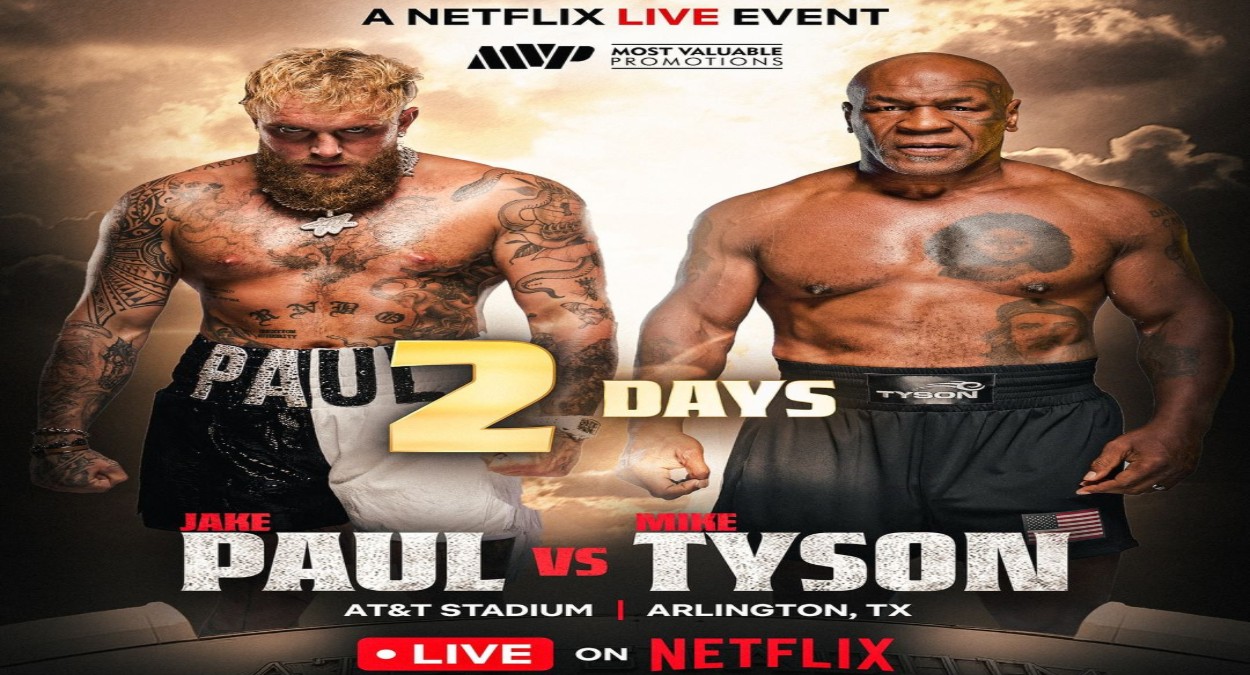NFL
The National Football League (NFL) is the premier professional American football league, renowned for its passionate fan base, highly competitive nature, and massive cultural significance in the United States. As of 2024, the NFL consists of 32 teams, but the league’s journey to this number has been marked by expansion, mergers, relocations, and shifts in the broader landscape of American sports.
In this article, we’ll explore the history and evolution of the NFL’s teams, analyze the league’s current structure, and examine the possibility of further expansion in the future. We will also delve into the cultural and economic impact of the NFL’s teams and what makes each one unique.
1. History of NFL Team Formation and Expansion NFL
Early Days: The Formation of the NFL (1920s–1940s)
The NFL’s beginnings trace back to August 1920 when it was founded as the American Professional Football Association (APFA) in Canton, Ohio. At the time, there were only 14 teams, with franchises based mostly in small industrial towns. Early teams included the Akron Pros, Canton Bulldogs, Decatur Staleys (later known as the Chicago Bears), and the Dayton Triangles.
This early era of football was far from the polished, high-budget production we know today. The league faced stiff competition from rival organizations and frequently experienced teams disbanding or relocating due to financial instability. By 1922, the APFA rebranded itself as the National Football League (NFL), and while the league started to gain more attention, it still struggled to solidify itself on a national stage.
The Merger with the AFL (1960s–1970s)
The NFL’s next major era of growth came in the 1960s when it faced competition from the American Football League (AFL), a newly-formed rival league that managed to attract talent and fans alike. In response, the two leagues agreed to merge in 1966, with the merger fully taking effect in 1970.
As part of the merger, the NFL grew to include 26 teams, and it was divided into two conferences: the American Football Conference (AFC) and the National Football Conference (NFC). This arrangement established a structure that, while expanded over time, has persisted into the NFL’s modern form.
Modern Expansion and Relocations (1980s–2000s)
The late 20th and early 21st centuries saw significant expansion and team relocations that contributed to shaping the NFL’s present-day landscape.
In 1976, the NFL expanded to 28 teams with the addition of the Tampa Bay Buccaneers and the Seattle Seahawks. The league further grew to 30 teams in 1995 when the Jacksonville Jaguars and Carolina Panthers were introduced.
The NFL’s most recent expansion came in 2002 when the Houston Texans were established as the 32nd team, creating the current team structure. The Texans filled the void left by the Houston Oilers, who had relocated to Tennessee to become the Titans in 1997.
Relocations have also played a key role in shaping the modern NFL. Teams like the St. Louis Rams (who returned to Los Angeles in 2016), the San Diego Chargers (who relocated to Los Angeles in 2017), and the Oakland Raiders (who became the Las Vegas Raiders in 2020) have reshuffled the league’s geography, creating new fanbases and realigning traditional rivalries.
2. The NFL in 2024: Structure and Divisions NFL
As of 2024, the NFL remains at 32 teams, divided into two conferences (AFC and NFC), with each conference consisting of four divisions (East, North, South, and West). Each division has four teams, and this division-based structure is crucial to how the league organizes its regular season, playoff format, and Super Bowl qualifications.
Here’s a breakdown of the NFL’s current structure:
AFC (American Football Conference)
- AFC East: Buffalo Bills, Miami Dolphins, New England Patriots, New York Jets
- AFC North: Baltimore Ravens, Cincinnati Bengals, Cleveland Browns, Pittsburgh Steelers
- AFC South: Houston Texans, Indianapolis Colts, Jacksonville Jaguars, Tennessee Titans
- AFC West: Denver Broncos, Kansas City Chiefs, Las Vegas Raiders, Los Angeles Chargers
NFC (National Football Conference)
- NFC East: Dallas Cowboys, New York Giants, Philadelphia Eagles, Washington Commanders
- NFC North: Chicago Bears, Detroit Lions, Green Bay Packers, Minnesota Vikings
- NFC South: Atlanta Falcons, Carolina Panthers, New Orleans Saints, Tampa Bay Buccaneers
- NFC West: Arizona Cardinals, Los Angeles Rams, San Francisco 49ers, Seattle Seahawks
Each team plays 17 regular-season games, with eight home games, eight away games, and one additional game that alternates between being home or away from season to season. This format, introduced in 2021, expanded the regular season from the previous 16-game format.
3. Key Characteristics and Traditions of NFL Teams IN NF
While every NFL team competes in the same league, each has its unique culture, history, and fanbase, which adds to the diverse tapestry of the NFL. Below are some distinctive characteristics that define NFL teams.
Legacy Teams and Rich Histories
Some of the most storied franchises in the NFL have been around since the league’s inception or shortly thereafter. These teams, such as the Green Bay Packers, Chicago Bears, and Pittsburgh Steelers, carry legacies that transcend the game. The Packers, for example, are the only publicly owned team in the NFL, with thousands of shareholders holding stock in the team. The Packers’ Lambeau Field is hallowed ground in NFL history, and the team’s success under legendary coach Vince Lombardi during the 1960s remains a gold standard in football.
Similarly, the Chicago Bears are an original NFL franchise with a rich history that includes legends like George Halas and Walter Payton. The Pittsburgh Steelers, known for their “Steel Curtain” defense in the 1970s, have established themselves as one of the most successful franchises in NFL history with six Super Bowl titles.
Newer Franchises and Emerging Powerhouses
In contrast to the league’s legacy franchises, newer teams such as the Jacksonville Jaguars and Carolina Panthers have quickly built strong fanbases despite being relatively young. Established in 1995, both teams have had periods of success, with the Panthers reaching the Super Bowl twice in their short history.
Emerging powerhouses like the Kansas City Chiefs have also reshaped the NFL landscape in recent years. The Chiefs, led by superstar quarterback Patrick Mahomes, have become a dominant force, winning two Super Bowl titles in the 2020s and continually contending for championships.
Team Cultures and Fanbases
The unique cultures and fanbases of NFL teams play an essential role in the league’s identity. For example, the Buffalo Bills have one of the most dedicated and passionate fanbases in the NFL, known as the “Bills Mafia.” Fans in Buffalo embrace harsh weather and have created traditions, like jumping through tables at tailgates, that embody their gritty, working-class identity.
On the opposite coast, the Seattle Seahawks’ fans are known as the “12th Man,” symbolizing their impact on the game. Seahawks fans at Lumen Field consistently create one of the loudest home environments in sports, contributing to the team’s formidable home-field advantage.
4. Economic and Cultural Impact of NFL Teams
The NFL as a Business: Valuations and Revenue
The NFL is not only a sports league but also a massive business empire. As of 2024, most NFL franchises are worth billions of dollars. Teams like the Dallas Cowboys are often ranked as the most valuable sports franchises in the world, with valuations exceeding $8 billion.
Revenue for NFL teams comes from various sources, including ticket sales, merchandise, sponsorships, and media deals. The NFL’s broadcasting agreements with networks such as NBC, CBS, Fox, and ESPN generate significant income, and these deals are vital to the league’s financial success. Each team benefits from these lucrative television contracts, which helps ensure parity across the league by distributing revenue relatively equally.
Stadiums and Infrastructure
NFL teams play in some of the most advanced and iconic sports stadiums in the world. SoFi Stadium in Los Angeles, home to both the Rams and the Chargers, is a $5 billion ultra-modern venue that opened in 2020. Meanwhile, historic venues like Lambeau Field and Soldier Field (home of the Chicago Bears) hold deep cultural significance to their respective cities and fanbases.
The construction and maintenance of these stadiums often involve public-private partnerships, and many cities actively seek NFL teams for the economic benefits they bring, from job creation to increased tourism.
5. Future of NFL Expansion: Will the League Grow Beyond 32 Teams?
As of 2024, the NFL has not officially announced plans for further expansion, but the possibility is always a topic of discussion among fans, analysts, and owners. Some experts speculate that the league could expand to 34 or even 36 teams in the coming decades, with potential new markets in cities like San Antonio, Portland, or even internationally in places like London or Toronto.
International Expansion
The NFL has made considerable efforts to grow its brand internationally. Games in London, Mexico City, and Germany have been well-received by fans, and the idea of a permanent NFL team in London has been floated for years. While logistical challenges—such as travel, scheduling, and player relocation—make this difficult, the league’s success in expanding its fanbase overseas shows that global




